One morning in mid-July, Paul Handrick made one of his periodic visits to his page on Twitter, now known as X, @the_beeguy to post a stunning close-up photograph of a bumblebee sleeping on a pink flower with an accompanying thread to explain what was going on. “Spoiler alert,” he began. “To sleep on a flower may appear romantic and magical but the reality can seem more tragic than magic for the bumblebees involved. Flower sleeping bumblebees are primarily male. They don’t have a dad. Once mature, males leave the nest and never return.”
Who isn’t going to read on after that? The 16-part thread received 3.7 million views. It was the latest confirmation of what Handrick and his wife Clare-Louise Donelan always knew. There is a general fascination with bees and a thirst for more knowledge. There’s a vague awareness that they are endangered but no real idea of how to change that.
Paul is pleasant and soft-spoken and unapologetically combative when it comes to the environment. There is a sweet irony in his profile on social media because his natural inclination is to run a mile from the medium. The same was true of public speaking, but he has become a skilled and powerful communicator in ways, he points out, that have persuaded more traditional environmental groups to sit up and take notice.
“I had conversations with some of the big climate heads that are well known. Very early on, they approached me because of stuff I had on Twitter. I went and met them and some of the stuff that they said: one, I couldn’t believe they said it. This is what has driven us on, because I don’t see anyone getting to grips with climate or environment . . . Ireland is a small country. We decided to just keep doing what we are doing and see how we can navigate it. It’s scary.”
READ MORE

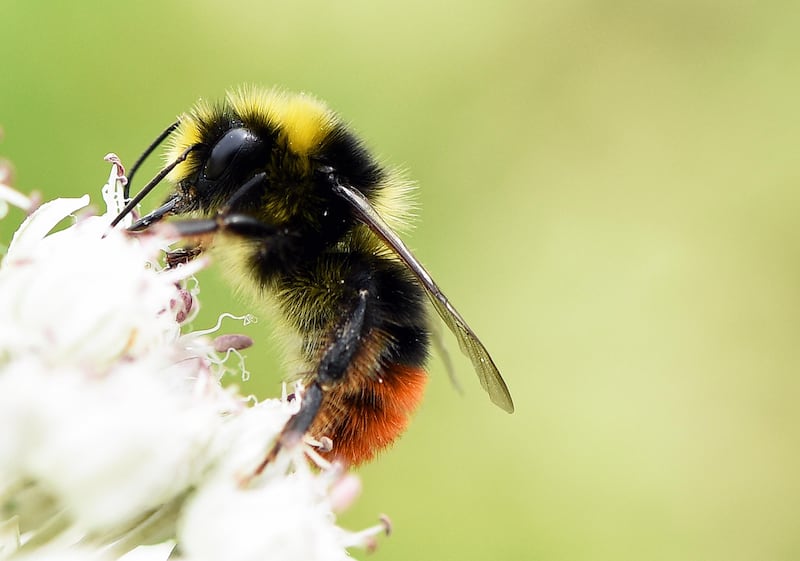
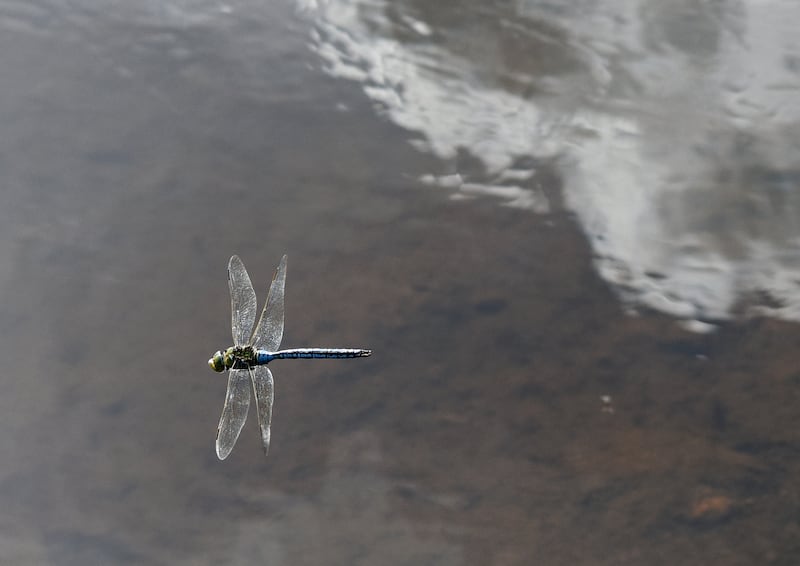
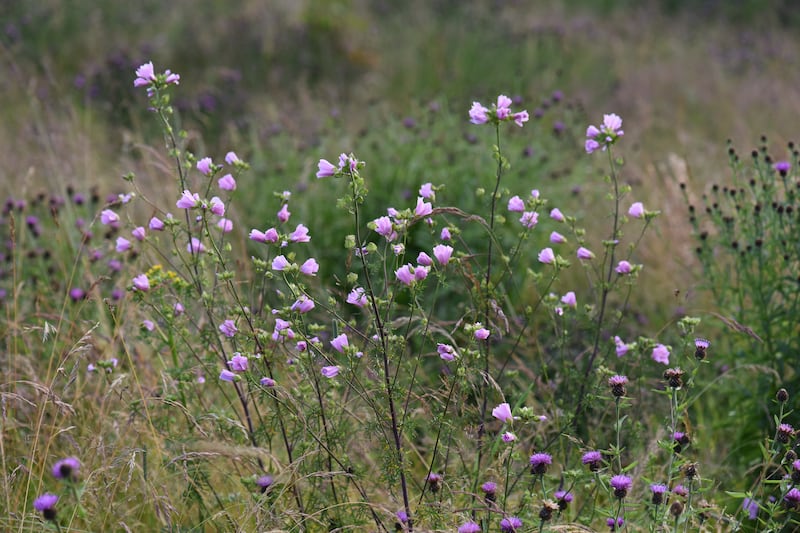
The couple run the only wild bee sanctuary on the planet. The image is suggestive of teeming hives and bees lounging around in fluffy robes. In fact, the sanctuary is the opposite: 20 hectares (50 acres) of organically cultivated wild land that allows the endangered bees to thrive.
“Honeybees are not in trouble. It is wild bees that are in trouble. We hear bees and we think of hives and the guys in the suits. And people hear bees are in trouble and want to save them. There have never been more honeybees on the planet. It’s the wild bees that we need to look out for. I was on radio recently and I said that it is like buying a pug and saying: we are saving the wolves. Part of our mission is to correct people on that.”
The message is spreading. Recently, he did an interview on NBC Australia and there was intrigue about the idea of a bee safe space in the heart of Ireland.
[ State wildlife agency to play ‘stronger role in protecting nature’Opens in new window ]
“People don’t need to visit. But they like to know it is here.”
By “here” he means an exceptionally secluded home in Coolafancy in south Wicklow. It’s hard to imagine finding the place without maps. To reach it, you take a sharp side road off a narrow residential road which then takes you a long a verdant track which is just as rough as Paul has promised. Several times, you assume you have gone wrong. But there isn’t much opportunity to turn around, so you press on at snail’s pace and eventually an opening through the hedge leads you into a sunburst of freshly cut field and a wonderful covered garden. Paul is waiting near the polytunnel where they have grown celery, leeks and spring onions, and simply allowed them to flower so they look at once familiar and exotic.
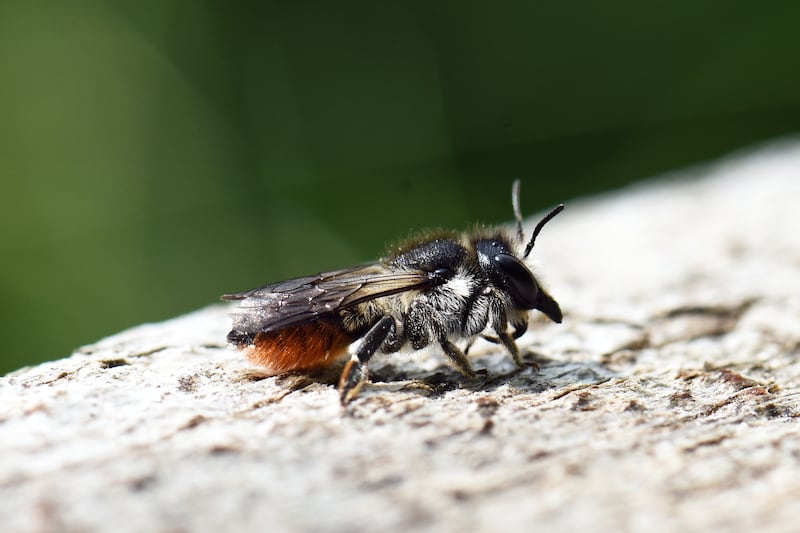
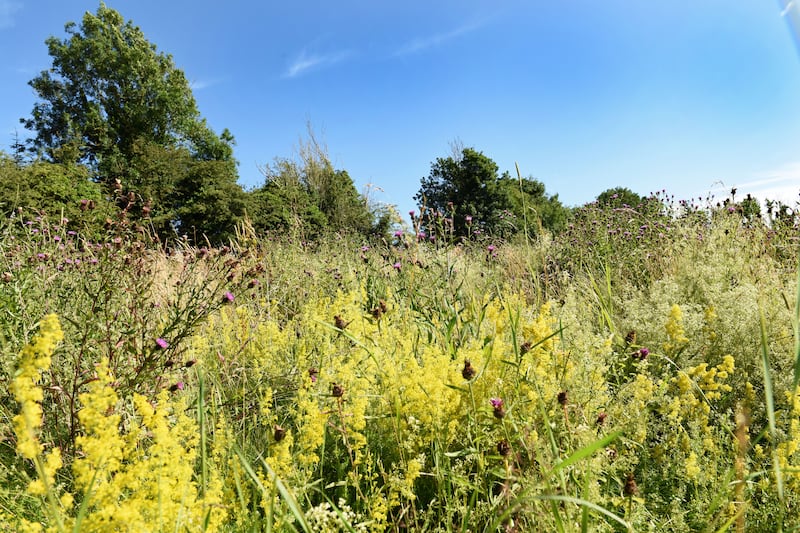
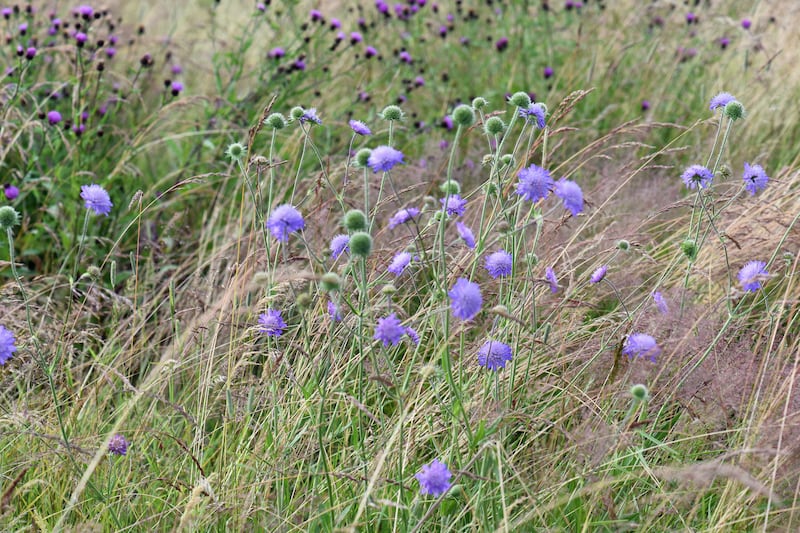
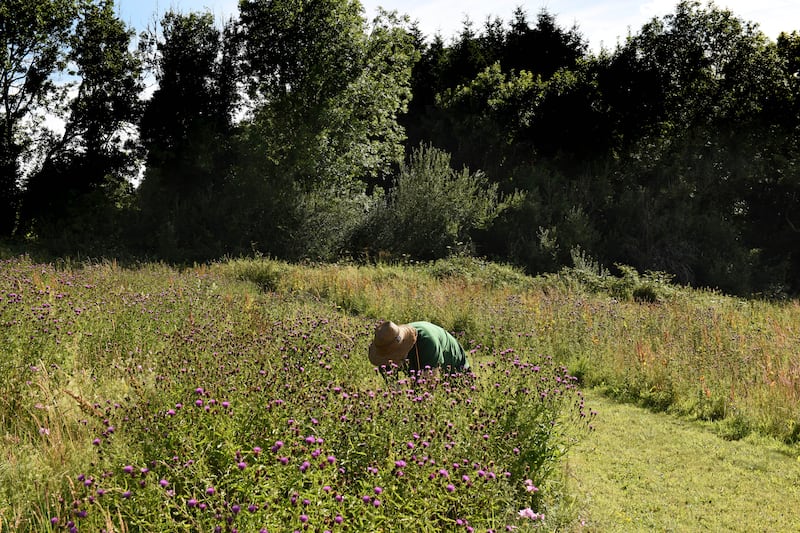
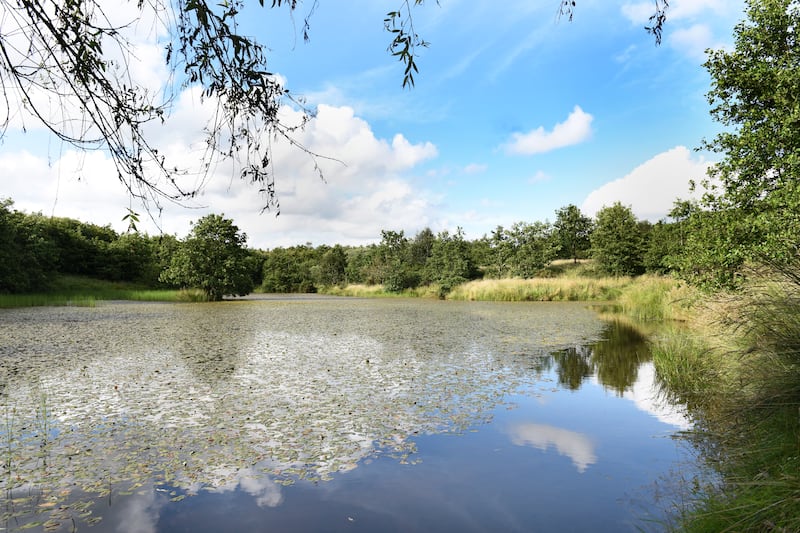
The family have been here since 2012. There is something of a happy accident about the project. In an earlier life, Paul had been a musician. As we walk, they share a few stories of those days, including the evening Clare-Louise managed to stop him chucking is guitar into the Liffey after a frustrating gig in Eamonn Doran’s. As the recession hit, they had decided to leave Ireland for France when they saw an advert and “stumbled on this place”. What had been a farm was converted to a hunting lodge, complete with pheasant pen and a wetland area for shooting ducks. When the couple visited, they were intrigued. “We saw the biodiversity of the nature here.” Their solicitors all but pleaded with them to leave it be, advising that it was too much hassle.
So, they put in an offer. They were already in France when it was accepted. They poured their financial resources into the land rather than immediately restoring the gorgeous 1840s period home, which is still a work in progress. The family converted an adjacent shed into a home and are restoring the main building slowly and painstakingly. The immediate focus was on developing a farm.
“We were always planet-aware. But we weren’t activists. And I suppose we didn’t have the confidence at first,” Paul says of those early days.
“We didn’t know what to do. But when we looked at all the spraying out there, we decided to go the other way. We came across vegan organic, which means no animal input whatsoever.”
It took time. By 2017, they had put in an acre and a half of crops and took a family holiday – their first since buying the farm. They returned a week later to find that deer and rabbits had destroyed the place. They had neither the funds nor the inclination to erect deer fencing.
“We didn’t buy the place to keep biodiversity and nature out. And I began to notice that there were bees all around us on the clover. I didn’t know much about bees. I knew they were in trouble. At that stage if a bee came near me, I would swat it away. And I just walked into the kitchen and said: let’s turn it into a bee sanctuary.”
Clare-Louise laughed, and they just decided to go for it. She is a vet by profession, as well as a skilled photographer and comes from a farming background. The idea didn’t faze her. In a way, the bee sanctuary element is the shop window for the entire project. What their 50 acres represents is a sort of winding back of the clock to what much of the Irish countryside looked like half a century ago.
[ Wetter is better: nature is thriving in a sodden patch of Co RoscommonOpens in new window ]
“The 1970s is when farming moved from being gentle to what is industrial farming,” Clare-Louise says. We are walking across a field which they’ve left fallow for this season: two years ago, it was filled with sunflowers. We move through a lush meadow which is filled with musk mallow, phacelia, clover, marigolds, corn poppies: it’s a lush, colourful sloping field which is ideal for bees. We move through squelchy wetland and stop at the duck pond.
“We don’t consider ourselves a rewilding project,” Clare-Louise says looking around. “This is repairing.”
The rejuvenation of wildlife activity in just under a decade has been startling. Barn owls have taken up residence on the farm. There are kestrels, red kites, buzzards, sparrowhawks and even woodpeckers. They have badgers, ducks and teeming insect life. Clare-Louise sometimes sneaks up to the barn at night-time to listen to the owl chicks. She plays a recording on her phone.
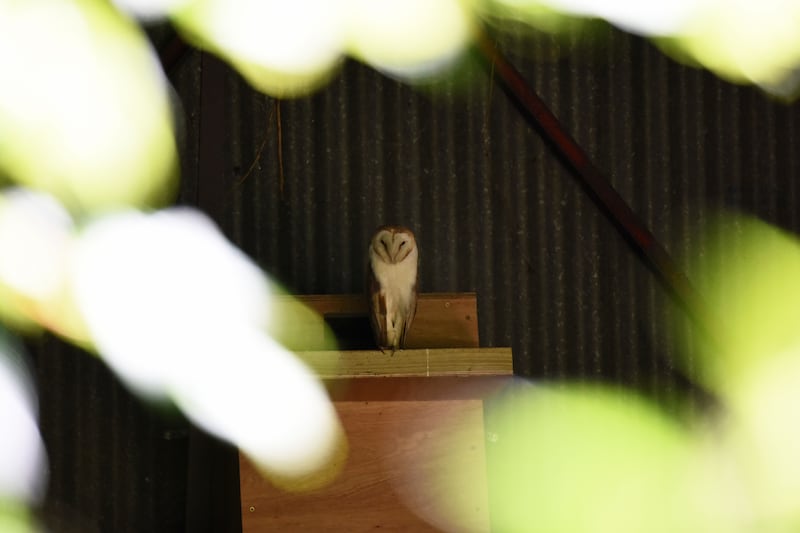
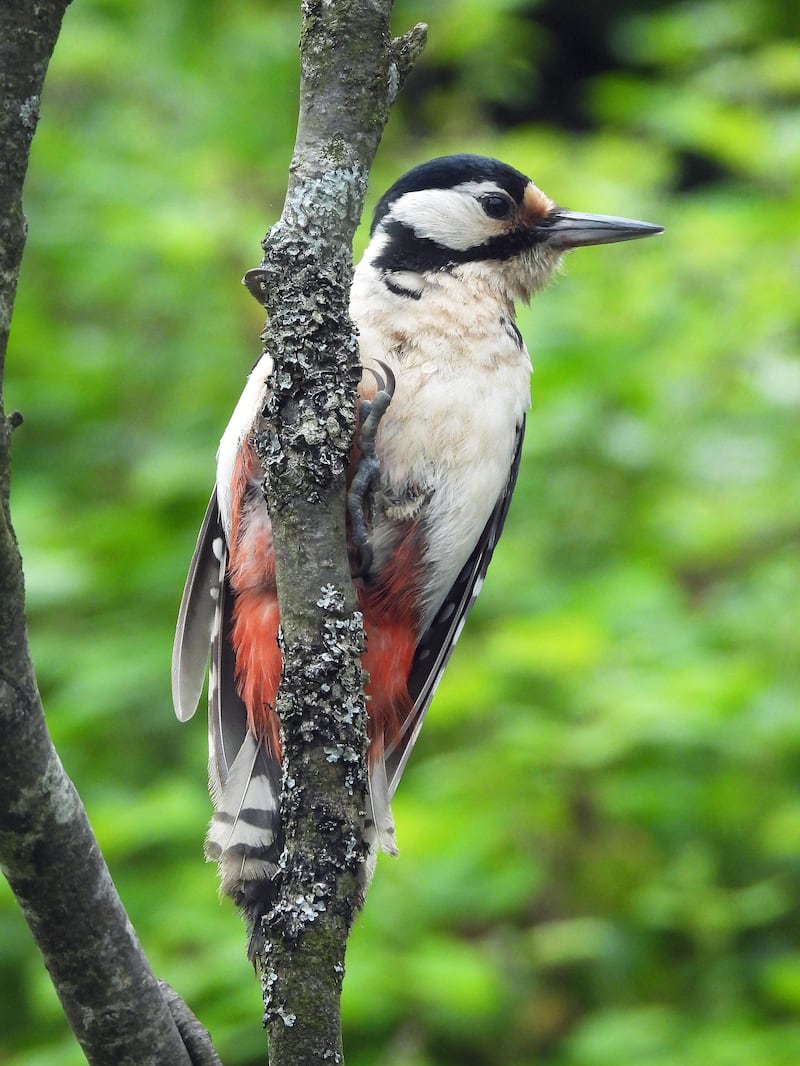
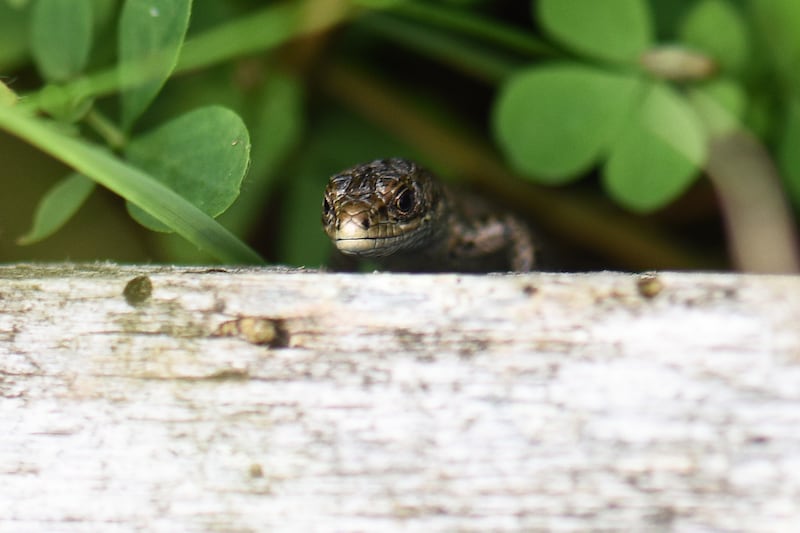
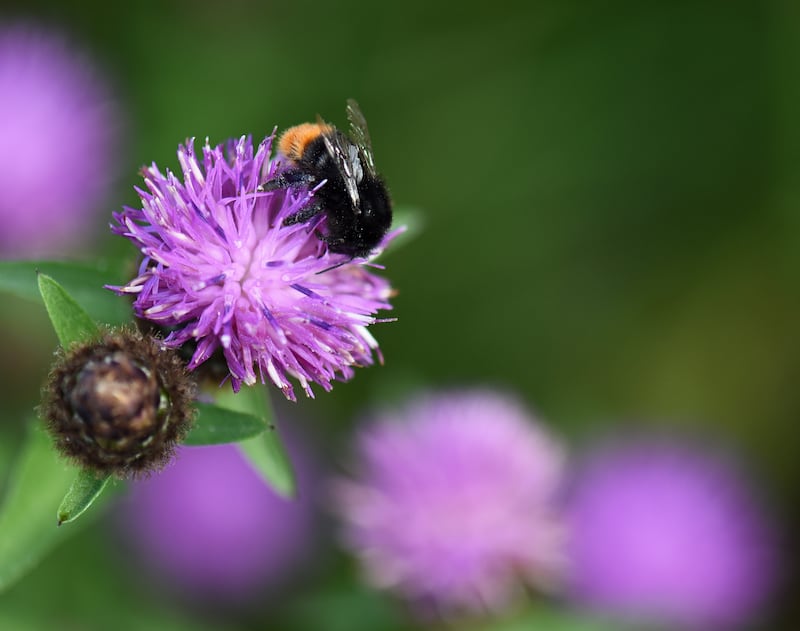
“It proves what we do on the ground is working for the owls,” she says as we listen. “Up to now they knew only of two breeding pairs in Wicklow.”
Occasionally, the farm takes tour groups. Paul can give a brilliantly entertaining recitation on the quirky lifestyle habits of bees.
“They are so gentle. They land on you. A bird will fly away. They are such a docile creature. I greet them now. Howya! I see this as a kid does. If we have to go up to Dublin for a night, you can’t wait to go back.”
As we walk and talk, the humid afternoon is broken by heavy rain showers. We duck under trees for shelter and wait it out. In some ways, the couple have chosen a tough path. They are not, it should be stressed, doomsday extremists. Nor are they, as Paul says, “hippy environmentalists”. Every so often, he will help a neighbouring dairy farmer in calving season.
[ ‘Bees - endlessly fascinating creatures that could teach us all a lot’Opens in new window ]
But others in the locality do not like what they stand for. So be it. As they see it, they are just reasonable conscientious people who are hoping to show that small adjustments in grazing and farming habits can have a radical impact on the salvation of insect life. Their four children, Ben (21), Ellie May (17), Joey (15) and Meadow (9), have grown up on the farm with the usual interests – football, WWE, “Dundrum Shopping Centre”, Paul laughs. Their parents were never instructive about their own passion for nature.
“It is moderation. This is our choice. We don’t all have to be vegan,” Paul says.
“I spoke recently to low-income farmers about biodiversity. If just 2 per cent of farmland was put into meadows, the bees would start to recover within five years. And I worked out what it would cost to do that. Pay farmers just €500 an acre – which is more than they are getting for cattle and dairy. It could be done, but there is no willpower to do it.”
There’s an edge of frustration in his voice, but it soon passes. There’s an extraordinarily dense serenity about the place where they’ve made a home. That’s the thing about a sanctuary. It works for more than the bees.






















